Ballet is much more than dainty tutus and pink tights. As revealed in director Chelsea McMullan’s eye-opening documentary, creating beautiful, effortless-looking dance takes grueling practice and plenty of Advil. “Ballet is punk rock as fuck,” says Shaelynn Estrada, a chain-smoking, queer member of the National Ballet of Canada’s corps de ballet.
Swan Song offers an immersive behind-the-scenes/cinema verité look at artistic director Karen Kain’s two-year effort to restage Swan Lake to resonate with modern audiences. Originally scheduled to be produced in 2020 to mark the beloved prima ballerina’s retirement after 50 years with the National Ballet of Canada, the production—and Kain’s departure—were delayed by the global pandemic until 2022.
The film follows Kain and the company eight weeks before opening night. Kain’s vision is a feminist take on the old classic, in which the corps de ballet is perceived not as swans, but as women abducted by the evil sorcerer Rothbart. To implement her ideas, Kain relies on the assistance of choreographer Robert Binet.
The documentary shifts between the rehearsal studio and individual dancers to reveal their backstories. Principal ballerina Jurgita Dronina, a Russian-Lithuanian dancer and the mother of two young children, is dancing her tenth Swan Lake. Besides dealing with excruciating nerve pain that could jeopardize her performance, she is concerned about Kain’s approach to the ballet, which differs from her interpretation.
Texas-born Estrada struggles with mental health issues after escaping a Bible-Belt homeschooled childhood. Another ensemble member, Black Australian Tene Ward, resents the required pink tights until Kain, to promote racial equality and a more contemporary look, decides the corps members can drop the tights.
In between these scenes, the film draws on archival footage and photos to highlight Kain’s remarkable international career that began in 1971 when she replaced another dancer in the dual role of Odille and Odette. As the days count down to the opening night, the exhausted dancers are pushed to their limit. At the final, chaotic dress rehearsal, the elaborate costumes threaten to trip the dancers.
Having shot over 500 hours of footage, McMullen and her co-creator Sean O’Neill had originally intended this documentary to be a four-part series for the Canadian Broadcasting Company. So one wonders what editor Brendan Miles left on the cutting room floor. While the eight cameras on opening night film the corps de ballet in their triumphant glory, reviews of the performance indicate that Rothbart’s complicated costume interfered with the lead dancers in the ballet’s final moments, resulting in a fall.
There is also the impression that Kain kept the cameras at a distance in regards to sensitive issues—Kain’s discussing casting issues and her artistic differences with Dronina is filmed at a distance from another room. Later, when talk about the tights becomes tense, Kain looks at the camera and notes to her colleague that they will chat later.
The filmmakers try to build tension but never quite follow through. The audience never sees how Kain and Dronina finally resolve their conflict. Estrada also calls them out on their manipulative efforts to stir up drama. When they ask if she is jealous that another dancer, Genevieve Penn Nabity, is cast to play Odile/Odette on alternating nights, she responds: “Why are you trying to make me the villain?”
Despite these flaws, there is plenty to admire in this technically challenging, beautifully shot film. (Kudos to directors of photography Tess Girard and Shady Hanna for the intimate camera work.) Viewers will come away with a new respect for the hard work behind the stunning artistry.





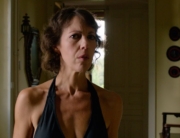
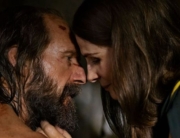



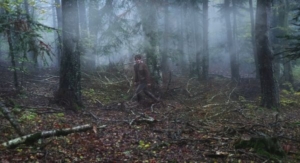
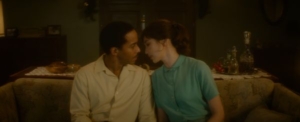




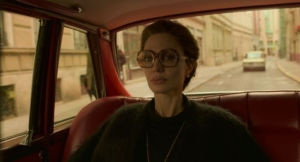
Leave A Comment